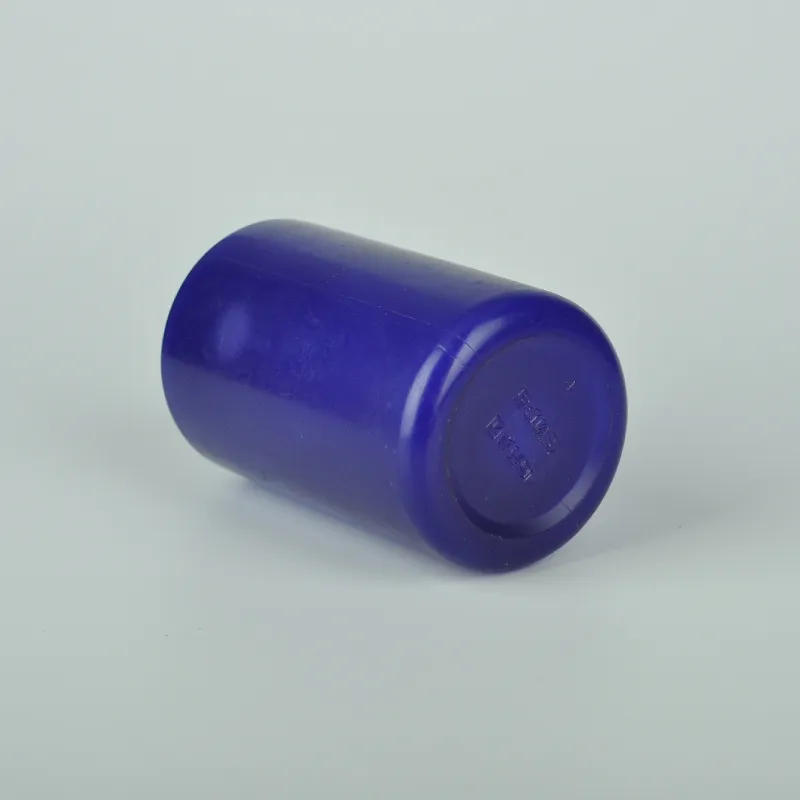https://www.wahmg.com/)">
Using Petri Dishes for Microbial Culture and Experimentation in Laboratory Settings
Using Petri Dishes for Microbial Culture and Experimentation in Laboratory Settings
The Versatile Uses of Petri Dishes in Scientific Research
Petri dishes, also known as Petri plates, are shallow, flat, circular, and typically made of glass or clear plastic. Invented by German bacteriologist Julius Richard Petri in 1887, these dishes have become a fundamental tool in laboratories for microbiology, cell culture, and a myriad of other scientific applications. Their design allows for the cultivation of microorganisms and cells in a controlled environment, making them essential in various fields of research, healthcare, and education.
Culturing Microorganisms
One of the primary uses of Petri dishes is to culture microorganisms such as bacteria, fungi, and viruses. Microbiologists utilize these dishes to grow colonies of microorganisms on nutrient-rich media, which can be solidified agar. The circular shape of the dish provides an ample surface area for the growth of these organisms, allowing researchers to observe their morphology, behavior, and interaction with the environment. This is crucial for identifying species, understanding their characteristics, and studying their response to different substances, including antibiotics.
The use of Petri dishes in isolating bacterial colonies is vital in healthcare settings. For instance, when a patient presents with an infection, a sample may be taken from their body (such as blood, urine, or a wound swab) and streaked onto a Petri dish containing a specific growth medium. After incubation, the colonies that grow can be examined for pathogenic bacteria, helping clinicians choose the appropriate treatment strategy.
Cell Culture
Beyond microorganisms, Petri dishes are extensively used in cell culture for eukaryotic cells. In biomedical research, they provide a platform for studying cellular responses to drugs, toxins, and other stimuli. Researchers can manipulate the environment within the dish, altering variables such as temperature, pH, and nutrient composition to observe how living cells adapt and respond.
Cell culture in Petri dishes is also fundamental in developing and testing new therapies. For example, cancer researchers utilize these dishes to grow cancer cells, allowing them to study tumor biology and identify potential therapeutic targets. This in vitro experimentation plays a crucial role in drug development, significantly reducing the need for initial testing on animals and ensuring more focused results.
petri dish is used for

Education and Demonstration
In educational settings, Petri dishes are invaluable tools for teaching microbiology and cell biology concepts. They allow students to engage hands-on with experiments that demonstrate microbial growth, environmental impact on bacteria, and even genetic concepts through techniques such as replica plating. Such engagement fosters a practical understanding of theoretical knowledge and cultivates a new generation of scientists.
Additionally, Petri dishes are often utilized in experiments that assess environmental microbiology. Students can collect samples from various environments—ponds, soil, or even urban areas—and use Petri dishes to grow and identify the diversity of microbial life present. This not only reinforces classroom learning but also emphasizes the importance of ecology and environmental science.
Innovations and Sustainable Practices
While traditional Petri dishes are primarily made from glass or plastic, the increasing awareness of environmental sustainability has prompted research into biodegradable alternatives. Innovative materials such as plant-based plastics are being developed to create eco-friendly Petri dishes. This shift not only addresses the growing concern of plastic waste but also ensures that the practice of utilizing Petri dishes in laboratories remains sustainable.
Moreover, advancements in technology, including the introduction of 3D printing, are enhancing how we utilize Petri dishes. Customizable designs tailored for specific experiments can now be produced, leading to more efficient and focused research initiatives.
Conclusion
In conclusion, Petri dishes play a pivotal role in the realm of scientific research, particularly in microbiology and cell culture. Their versatility as a tool for cultivating microorganisms and cells, combined with their applications in education and innovation in sustainable practices, underscores their importance in today’s scientific landscape. As research continues to evolve, so too will the utility of Petri dishes, ensuring they remain a cornerstone of laboratory experimentation and exploration.
-
Wholesale Plastic Juice Bottles with Caps 16 oz Options Available Bulk Packaging SolutionsNewsJun.10,2025
-
Laboratory Apparatus Reagent Bottle – Durable & Chemical Resistant Bottles for Safe StorageNewsJun.10,2025
-
Squeezable Dropper Bottles Durable, Leak-Proof & CustomizableNewsMay.30,2025
-
Affordable Plastic Petri Plates Sterile & Disposable Lab-GradeNewsMay.30,2025
-
Eye Dropper Caps Precision 24/410 & Plastic Bottle-Compatible TipsNewsMay.30,2025
-
Affordable Mini Spray Bottle Price & Wholesale Deals Shop NowNewsMay.29,2025





















